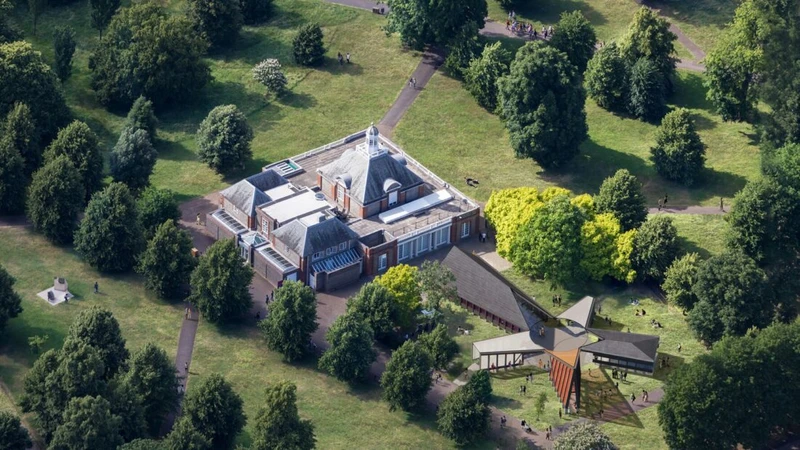Serpentine Pavilion 2024 by Minsuk Cho, Mass Studies
7 Jun-27 Oct 2024


Tracing the history of past Serpentine Pavilions, Minsuk Cho observed that they often emerge as a singular structure situated at the centre of the Serpentine South lawn. To explore new possibilities and previously untold spatial narratives, Cho approaches the centre as an open space. The 23rd Serpentine Pavilion envisions a unique void characterised by a constellation of smaller, adaptable structures strategically positioned at the periphery of the lawn, intertwining with its natural ecology and temporal conditions.
Titled Archipelagic Void, the Pavilion is composed of five ‘islands’, each structure is unique in size, height and form. Built predominately in timber, these structures are supported by identical footings that adapt to the slightly sloping typography of the site. Cho also explores the usage of joinery for the structures, allowing for easy assembly and disassembly of the Pavilion. The curving edges of the individual roofs are conjoined by a steel ring which forms an oculus in the centre that draws natural light. Radiating from the circular void, these islands act as nodes in the lawn, reaching out to connect to the Serpentine South gallery and the pedestrian networks in the Park. This layout also references traditional Korean houses that feature a madang, an open courtyard located at the centre. This space connects to various residential quarters, accommodating individual everyday activities and larger collective rituals throughout the changing seasons.
Around the void, each structure is conceived as a ‘content machine,’ serving a different purpose and individually named. The Gallery acts as the welcoming main entry, extending Serpentine South’s curatorial activities outside. The largest of the five islands is the Auditorium; with benches built into its inner walls, it serves as a generous public gathering area. Responding to the history of pavilions in east Asia that often act as spaces for contemplation in nature, the Archipelagic Void houses a small Library which offers an intimate space for mindfulness and a meditative pause in the park. The Play Tower, being the most open and exposed structure, is equipped with a net-scape for visitors to play, explore and rest. To the east is the Tea House, honouring the history of the Serpentine South’s historical role as a tea pavilion when it first opened in 1934.